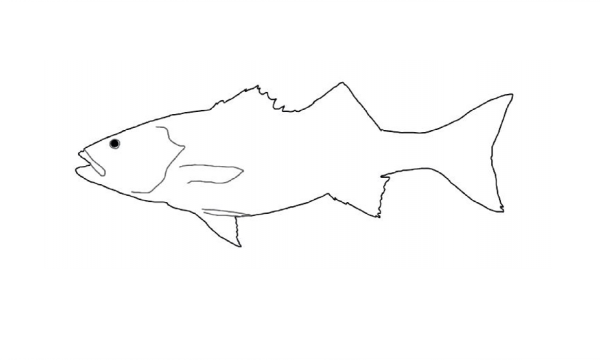Project news Too little data on sole: new research seeks to fill in the gaps via (e)DNA
The new EMFF SoleDNA project will use genetic techniques to help solve two major problems concerning the current management of the sole stock in the southern Celtic Sea and southwestern Ireland - lack of clarity about the genetic identity of the stock and lack of data.

Fishermen targeting the sole stock in the southern Celtic Sea and southwestern Ireland (ICES areas 27.7h-k) have been faced with little positive advice and declining total allowable catches (TACs) in recent years. The reason for this is a lack of data and the resulting uncertainty about the stock size (biomass) and genetic identity of the stock. The new EMFF SoleDNA project, performed by ILVO, will use genetic techniques to help solve two major problems concerning the current management of this fish stock.
First, there is a lack of clarity regarding the stock identity of sole in the Southern Celtic Sea and Southwest of Ireland (ICES areas 27.7h-k): "Does the sole fished on the southwest coasts of Ireland belong to the same stock as those fished on the northern limit of 7h?" To answer this question, ILVO's marine observers collect sole during commercial sea voyages. Pieces of tissue are then collected in the ILVO lab. The DNA from this tissue is then analyzed and compared to DNA profiles from surrounding sole stocks. Sole tissue from 27.7j is collected by colleagues at the Irish Marine Institute.
Second, collecting enough data to follow up on fish stocks remains a huge challenge. Indeed, this is a labor-intensive process, so the management of some fish stocks is based on little data. The SoleDNA project will investigate to what extent 'free' DNA (eDNA) in the water can be used to determine the presence and biomass of both sole and plaice. Organisms living in the marine environment release DNA into the water through feces, mucus, scales, sperm or eggs. This free DNA allows blueprints of entire fish communities to be made without having to capture the fish themselves. For this part of the project, water samples are collected from the sea floor and the DNA present is isolated and analyzed. The more sole DNA present in the water sample, the more sole should actually be present in the sea. Within this project, this 'new' way of collecting data on fish stocks will be developed.
This project tries to contribute to a more efficient and sustainable management of data-poor fish stocks by providing a better basis for quota negotiations - e.g. with the United Kingdom following Brexit - and for the daily management of fisheries on these stocks.



